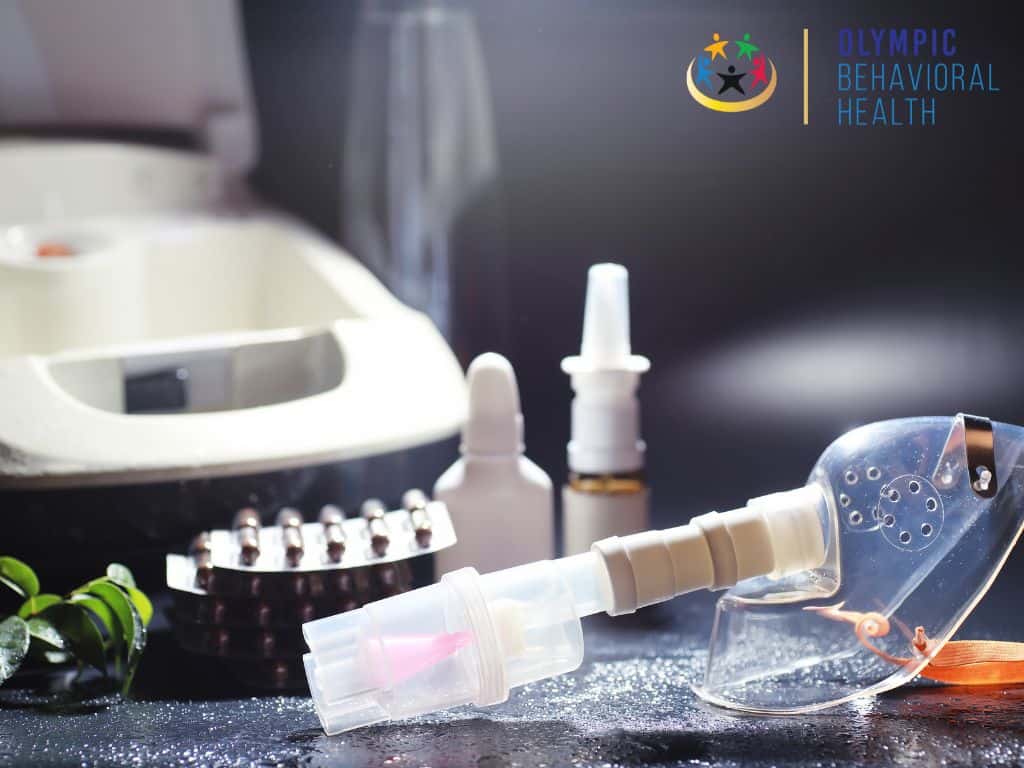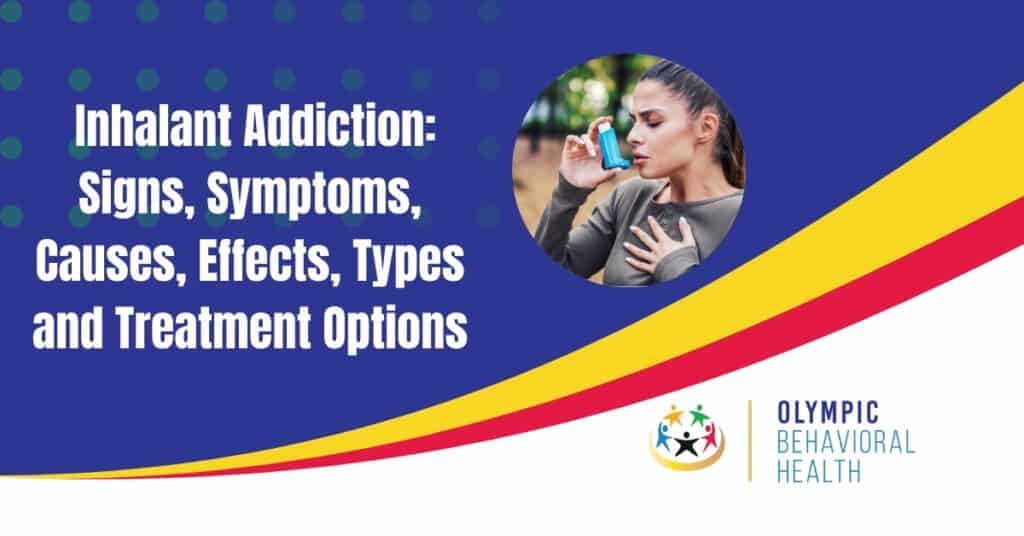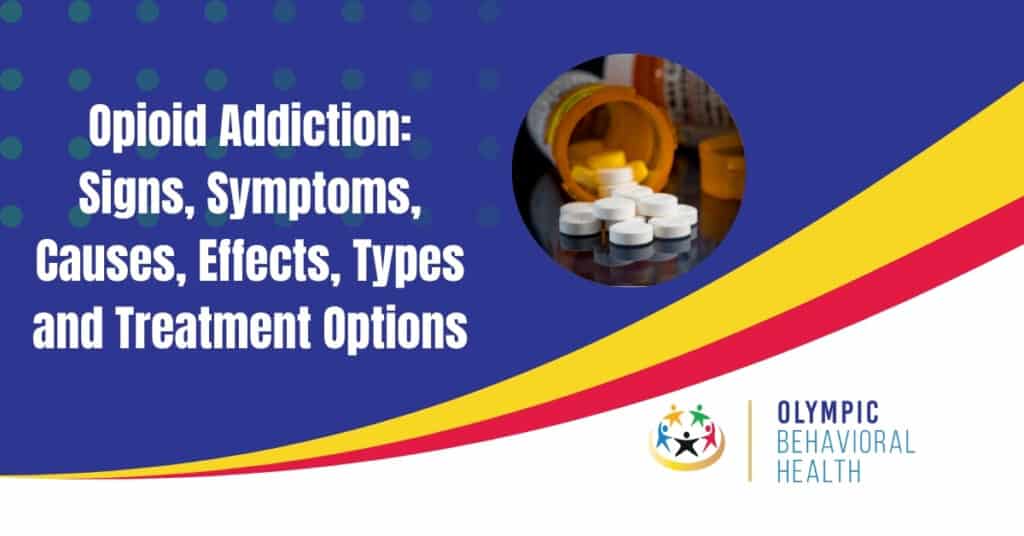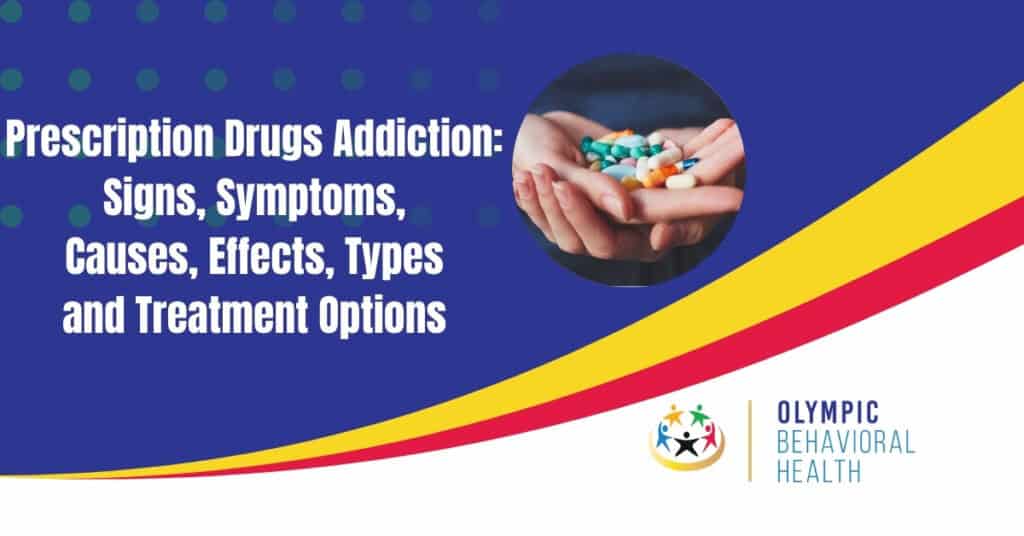Inhalant addiction happens when the inhalation of inhalants becomes compulsive, such that an individual is unable to stop or reduce its usage by themselves. Individuals with inhalant addiction continue to use the substance despite the obvious harm it is causing them. Aerosols, gasses, and nitrites are among the types of inhalants.
The symptoms of inhalant addiction include inability to stop usage, strong inhalant cravings, social withdrawal, tolerance, sores around the mouth, irritability, anxiety, loss of appetite, etc. Some of the side effects are lightheadedness, slurred speech, headaches, dizziness, and agitation.
There are several treatment options for inhalant addiction, including cognitive behavioral therapy, family therapy, and aftercare. Some or all of these treatment options are often used together for a comprehensive treatment program.
What is an Inhalant?
Inhalants are volatile substances that are capable of causing a feeling of euphoria and mind-altering effects quickly, according to the ‘inhalant DrugFacts’ published by the National Institute on Drug Abuse (NIDA) in 2020. They are readily available, commonly found in home and office products, such as paint thinners, gas, glue, aerosols, etc.
They are not a group of recreationally used substances but they contain chemical components that have similar effects on the brain as opoids, alcohol, etc. Therefore, inhalant use has a risk of addiction, with the possibility of fatal consequences.
Hiding the use of inhalant from others is easier because its effects don’t last long. When this is combined with the ease and cheaper costs of getting them, inhalants become the choice of many young people. About 3% of people aged 12 to 17 are among the largest percentage of inhalant users, according to the 2020 National Survey on Drug Use and Health.
What Ways Can Inhalants Be Used?
Some of the most common ways inhalants are used are:
- Inhaling from balloons filled with nitrous oxide
- Snorting or sniffing directly from containers
- Huffing – inhaling the substances from a rag
- Spraying aerosols directly into the nose or mouth
- Bagging – inhaling or snorting the substance from a paper or plastic bag

What are the Types of Inhalants?
Inhalants are usually categorized into the following;
Volatile solvents: at room temperature, these liquid substances emit vapors. They are commonly found in paint thinners, gasoline, glues, dry-cleaning fluid, degreasers, etc.
Aerosols: these are sprayable substances with propellants and solvents. Spray paints, cooking oil sprays, and hair spray are common examples of aerosols.
Gases: chloroform, nitrous oxide, and ether, which are usually used as anesthesia for medical procedures are examples of inhalant gases. Others include refrigerants, butane lighters, whipped cream dispensers, and propane tanks.
Nitrites: nitrites are popularly used for several medical procedures, such as heart pain management. Unlike other categories of inhalants, nitrites don’t act directly on the central nervous system (CNS). Hence, when misused, they are often used as sexual enhancers and muscle relaxers, among other things. Some of its street names are rush, leather cleaner, liquid aroma, etc.
xxx
Can You Be Addicted to Inhalants?
Inhalants are not as addictive as drugs like opioids, but they also pose the risk of addiction, as stated in the 2020 Inhalant DrugFacts by NIDA. The American Psychiatric Association noted that regular use of Inhalants has the tendency of resulting in tolerance, hence more quantities of Inhalants will be needed to achieve the same effects. At which point, the risk of increased patterns of compulsive behavior is higher.
Inhalants are addictive and should only be used under strict medical supervision when used for medical procedures.
What are the Symptoms of Inhalant Addiction?
There are a wide range of symptoms of inhalant addiction. Usually, only professionals can diagnose an addiction, but if you observe the following signs, an individual may have developed inhalant addiction:
- Inability to stop or reduce usage even in the face of severe consequences
- Strong cravings to use inhalants
- Using higher quantities of inhalants than planned or using them longer than planned
- Social withdrawal: individuals begin to ostracize themselves from friends and family
- Failing relationships and inability to live up to responsibilities
- Tolerance: more quantities of the substance are required to achieve the same effects
- Spending so much time on getting and using inhalants
- Lack of coordination
- Irritability
- Sore around the mouth
- Weight loss
- Muscle weakness
- Disorientation
- Nausea
- Loss of appetite
Note: most of these symptoms are not exclusive to inhalant addiction. Similarly, all types of inhalants present the same symptoms when misused. Hence, professionals may conduct clinical drug tests as well as ask the affected individuals questions to ascertain the drug they are using.
What are the Withdrawal Symptoms of Inhalant Addiction?
Suddenly stopping or cutting back on the use of inhalants often causes effects known as withdrawn symptoms. This happens because the body tries to readjust to functioning without inhalants. Some of the common withdrawal symptoms of inhalant addiction are:
- Irritability
- Sweating
- Nausea
- Loss of appetite
- Muscle cramps
- Anxiety
- Tremors
- Seizures
Note: inhalant withdrawal symptoms typically last 2 to 5 days and there are no specific medications for managing them.
What are the Causes or Risk Factors of Inhalant Addiction?
For addiction to develop, different factors usually work together. One factor may play a bigger role than others, depending on individuals. The risk factors of inhalant addiction include:
Genetics: the history of drug abuse in a family means a higher risk of drug abuse for family members. Therefore, individuals with a family history of addiction are more likely to develop inhalant addiction.
Personal history of substance abuse: an individual with a previous substance use disorder is at a higher risk of developing inhalant addiction.
Trauma: experiencing unfortunate or sad events, such as abuse and violence, increases the risk of turning to drugs for relief or escape.
Mental health disorders: the symptoms of mental health disorders are usually overwhelming, hence affected individuals often turn to drugs for relief.
Lack of appropriate and healthy coping mechanisms: individuals who lack good coping mechanisms are at a higher risk of addiction.
Ease of access: inhalants are very common, hence the risk of misuse is high.
What are the Effects or Dangers of Inhalant Addiction?
People usually think inhalants are not dangerous because the effects are short-lived as well as how common they are. Sadly, inhalants are as dangerous as other drugs, causing serious issues like respiratory distress and heart failure. The types of inhalants abused determine the severity and duration of the side effects. The side effects of inhalant addiction include:
- Muscle weakness
- Insomnia
- Headaches
- Nausea
- Vomiting
- Blurred vision
- Disorientation
- Convulsions
- Coma
Note: the symptoms above are temporary, hence they get resolved with time, especially if the usage of inhalants is stopped.
Some permanent or long-term side effects of inhalant addiction are:
- Muscle deterioration
- Heart failure
- Memory loss
- Hearing loss
- Loss of vision
- Brain, liver, and kidney damage
- Learning difficulties
- Respiratory damage
- Bone marrow damage
- Limb spasms

Is an Inhalant Addiction Treatable?
The treatment options for inhalant addiction are similar to those used for addictive behavior. They include:
Cognitive behavior therapy (CBT): CBT involves teaching individuals with substance use disorders how to deal with stressful situations, cravings, and triggers.
Activity and engagement programs: new skills and social experiences are provided for affected individuals. They make it easier for them to reintegrate with people and secure a job. Hence, the risk of a relapse is reduced.
Support groups and 12-step programs: these are groups of individuals in recovery, sharing their experiences and tips for a sober life. The support enjoyed in these groups is vital to recovery.
Note: inhalant addiction treatment is either outpatient or inpatient. Inpatient treatment requires individuals to live in a rehab facility for intensive care. On the other hand, outpatient care allows individuals to live at home and continue their key life events, like going to work, while they visit rehab for meetings. Aftercare is also provided to help individuals maintain their sobriety.
Can Inhalant Abuse be Prevented?
The abuse or misuse of inhalants can be prevented by mitigating the risk factors, such as teaching people key life skills. An individual who is taught how to cope healthily with stress and other issues is at a lower risk of addiction.
Can a Person Overdose on Inhalants?
Yes, some inhalants can be overdosed. Aerosol sprays and solvents contain harmful chemicals in high concentrations, hence they can be overdosed. Overdosing on inhalants causes coma, cardiac arrest, seizures, etc. In fact, there is a risk of death from suffocation when inhalants are breathed in from a plastic bag or paper.

Share This Post



